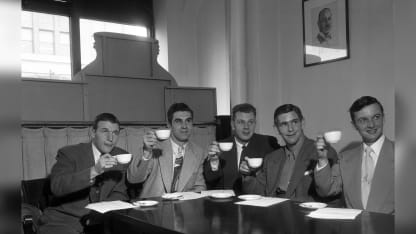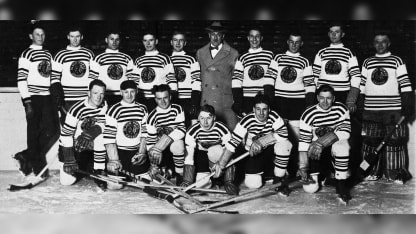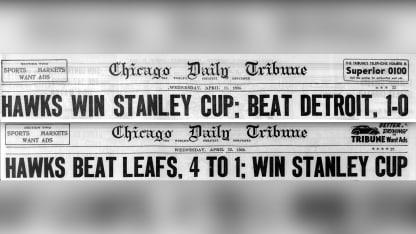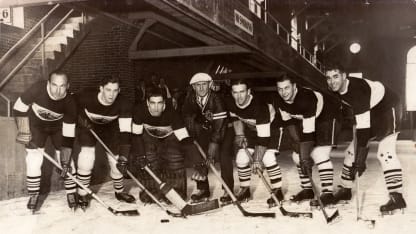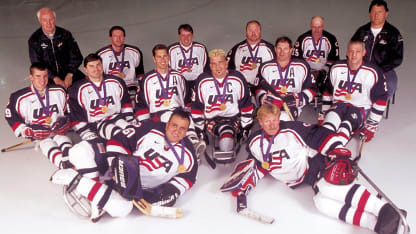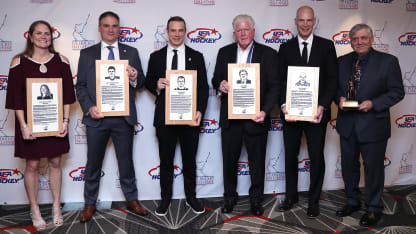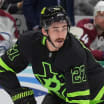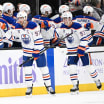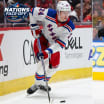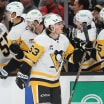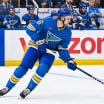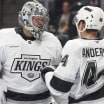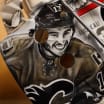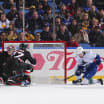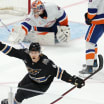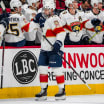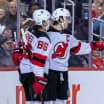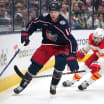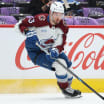Major Frederic B. McLaughlin not only was part of the NHL for much longer than the proverbial cup of coffee, the Chicago Black Hawks’ first owner was indeed a coffee baron.
Now, the legendary business and sports tycoon is to be inducted into the U.S. Hockey Hall of Fame as part of its Class of 2024, enshrined posthumously on Dec. 4 in Pittsburgh for his role in popularizing the game in his native country and, specifically, in his hometown of Chicago.
Sixty-one years after he was inducted as a Builder in the Hockey Hall of Fame’s Class of 1963, McLaughlin now is being celebrated in the U.S. for his enthusiastic, vital work.
Castle McLaughlin says she believes that her grandfather, who died in 1944 at age 67, would be proud of how hockey has flourished in the U.S. Midwest.
“He had a particular interest in advocating for American-born players and I know he'd be very honored to be part of this class,” she said, quoted by the U.S. Hockey Hall of Fame. “I feel that he sort of went under the radar for a while. … We're grateful that people are once again appreciating his accomplishments.”


